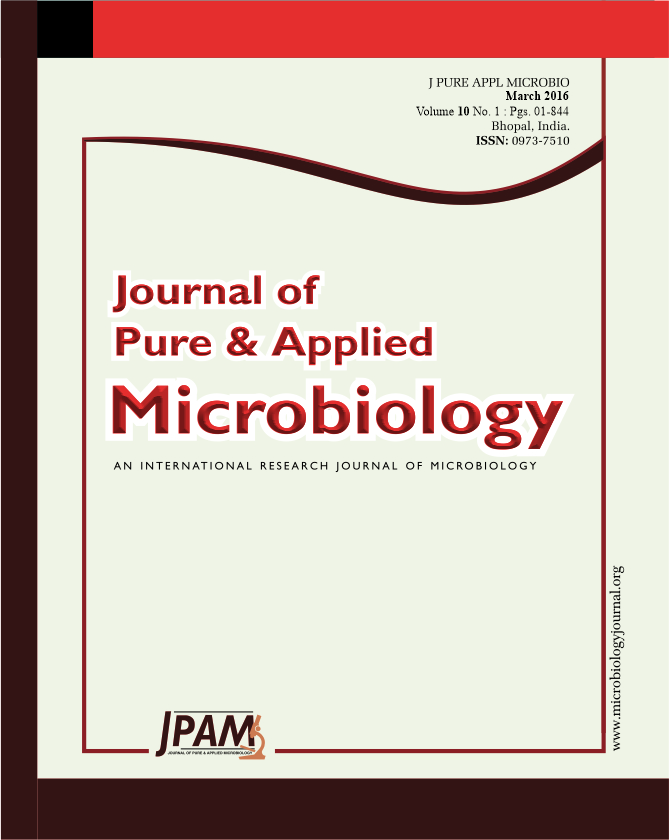To understand the pathogenic factors that impact pork safety and quality during pig slaughtering, so that set out control specification of pathogenic bacteria available for different slaughter scale level. 1712 samples were selected at 6 key slaughtering link such as good-rest before slaughter, showering, slaughtering process, precool and pork storage. Salmonella spp., E. coli O157: H7 and L. monocytogene were tracking monitored so as to analyse contaminant factors from different slaughtering process. Total detection rate of mainly pathogenic bacteria in 6 slaughtering process was 26.2%, including Salmonella spp. 16.3%, E. coli O157: H7 1.0% and L. monocytogene 4.2%. The superiority serotypes of Salmonella spp. were S. derby, S. typhimurium and S. thompson. Detection rate of both Salmonella spp. and E. coli O157: H7 increased after showering during slaughtering, and reached peak while half-chop finished. The detection rate of Salmonella spp. was lowest (5.4%) while fresh pork was stored in refrigerator house. Highly pathogenic bacteria contaminant or cross-contaminant were observed during pig slaughtering, especially in the lower slaughter scale level. Pathogenic bacteria control measures or good slaughter practice should be set out according to different slaughter process so as to ensure pork safety.
Pathogenic bacteria; Surveillance; Bacteria contaminant; Slaughtering; Animal origin food safety.
© The Author(s) 2016. Open Access. This article is distributed under the terms of the Creative Commons Attribution 4.0 International License which permits unrestricted use, sharing, distribution, and reproduction in any medium, provided you give appropriate credit to the original author(s) and the source, provide a link to the Creative Commons license, and indicate if changes were made.


